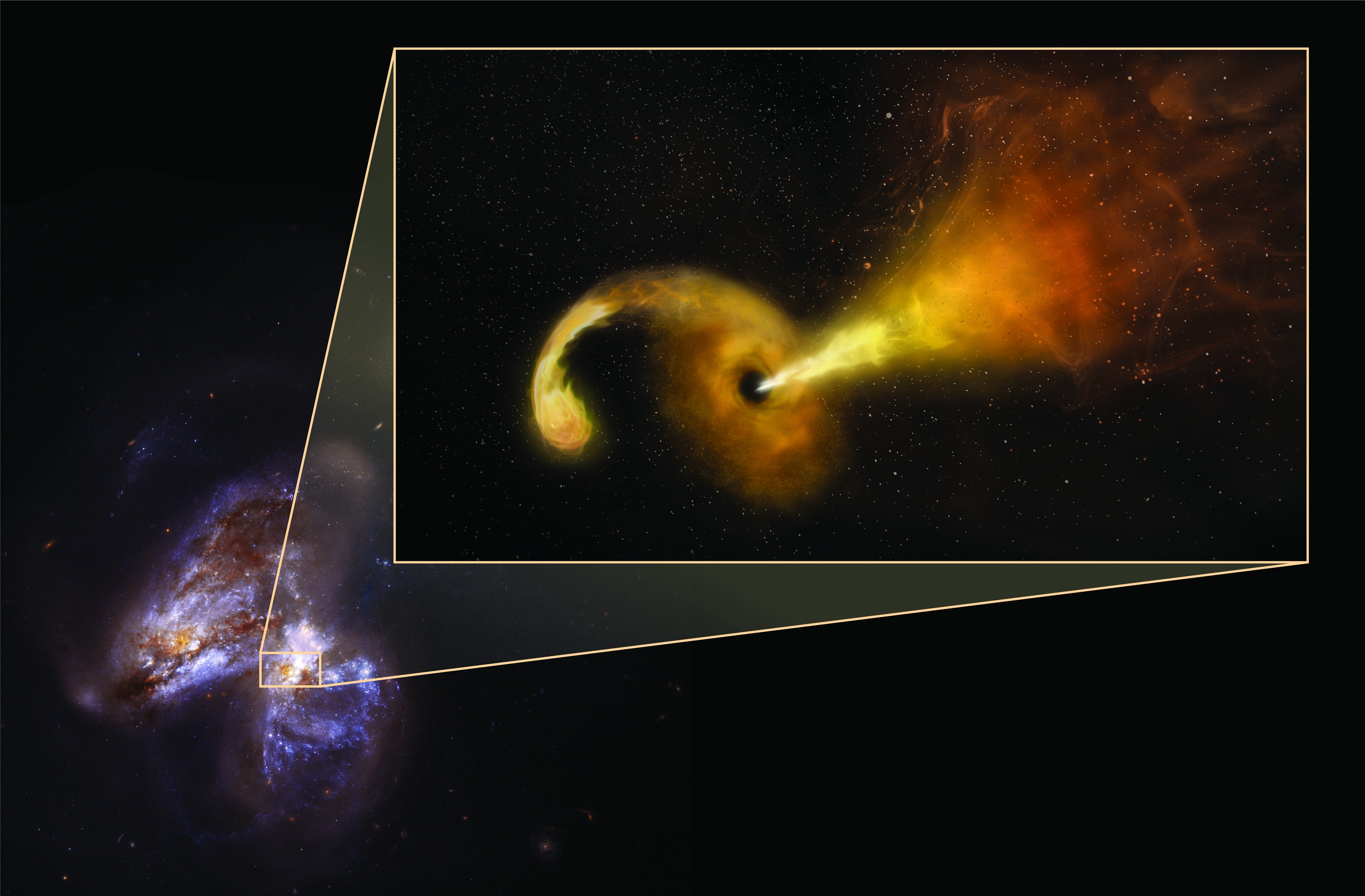Decker French
TIDAL DISRUPTION EVENTS AS SUPERMASSIVE BLACK HOLE LABORATORIES

Supermassive black holes can be millions to billions of times the mass of our Sun and are found in the centers of most large galaxies. While we cannot observe the black holes directly, light from gas or stars falling onto the black holes will produce bright disks of slowly in-spiraling material that can be observed to large distances. Black hole systems traced by rapid gas consumption have been long studied, but the observation of a flare of light from the consumption of a single star (a “Tidal Disruption Event”) is more difficult, requiring a large number of measurements of the same system over many years. Large surveys of the sky in visible light, ultraviolet light, and the X-ray have begun to find these events in the past few decades. Current surveys are now finding several dozen such events every year. The proposed research program will use the bright flares of light released when stars fall too close to supermassive black holes to study the range and distribution of blackhole properties. Professor French’s team will test methods for identifying these flares in current and near-future datasets, including the Rubin Observatory Legacy Survey of Space and Time (LSST), which will begin operations in 2024. LSST will dramatically increase the number of observable Tidal Disruption Events, discovering thousands every year instead of dozens. The team will model the effects of contamination of other sources of supermassive black hole flares on the resulting measurements in preparation for this large increase in data. This work will be conducted at UIUC and in collaboration with experts in the field at the Kavli Institute for Theoretical Physics (KTIP) program “Towards a Physical Understanding of Tidal Disruption Events.”
